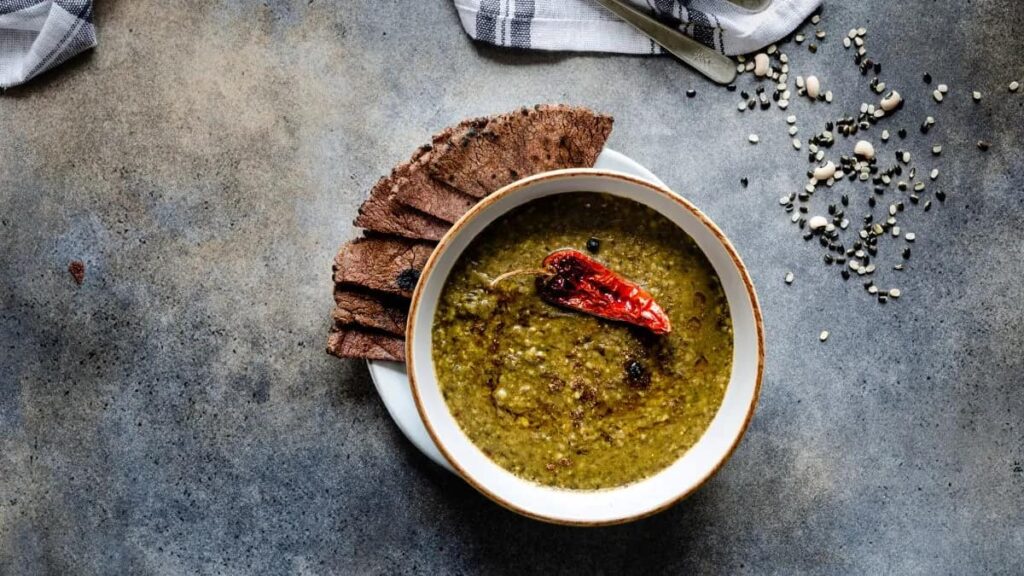
Forgotten Regional Cuisines of India: A Culinary Journey Through Time
India is a treasure trove of regional cuisines, with each state, district, and village offers a unique culinary heritage shaped by climate, culture, and community traditions. Yet, many of these culinary gems remain relatively unknown or underappreciated, overshadowed by more popular Indian dishes like biryanis, dosas, and paneer curries. However, a revival is underway as food historians and chefs rediscover and celebrate these forgotten flavors that represent an authentic tapestry of India’s diverse food culture. In this article, we journey across India, exploring forgotten regional cuisines that continue to preserve centuries-old recipes, sustainable practices, and deep-rooted connections to the land.
- Assam’s Xaak-Bhat: Simple Yet Profoundly Flavorful

In the lush northeastern state of Assam, rice and green leafy vegetables, locally known as xaak, form the backbone of everyday meals. Xaak-Bhat is a classic Assamese dish that emphasizes simplicity, incorporating seasonal greens and locally sourced ingredients. The greens used vary widely and often include varieties like dhekia xaak (fern) and morisa xaak (chillies) sautéed with mustard seeds and garlic for flavour.
Forgotten Elements
Xaak-Bhat showcases Assamese cuisine’s emphasis on fresh, hyper-local ingredients, often foraged and medicinal. Assamese kitchens have long practiced foraging, gathering seasonal greens, mushrooms, and herbs from nearby forests, a tradition slowly fading as fast food becomes more accessible.
Health Benefits
Xaak-Bhat is rich in vitamins and antioxidants from the leafy greens, making it highly nutritious. The dish is also light and easy on the stomach, aligning with the region’s preference for balanced, uncomplicated flavours.
2. The Vedic Fare of Uttarakhand: Dubuk and Chainsoo

Uttarakhand, nestled in the Himalayas, is known for its earthy, nutritious, humble, and comforting dishes. Among the most distinctive is Dubuk, a lentil-based stew made with bhat ki dal (black soybeans) or gahat ki dal (horse gram). Another notable dish is Chainsoo, a thick soup made from ground black gram.
Forgotten Elements
These dishes were traditionally prepared in earthenware pots over wood-fired stoves, giving them a smoky flavour that is hard to replicate. As urban migration and modernization have taken hold, these dishes, rooted in ancient Vedic traditions, are losing their prominence.
Health Benefits
Both Dubuk and Chainsoo are packed with protein and fibre, supporting heart health and promoting digestion. Horse gram, for example, is known to regulate blood sugar levels and aid in weight management.
3. Sindhi Cuisine: Saag and Sai Bhaji
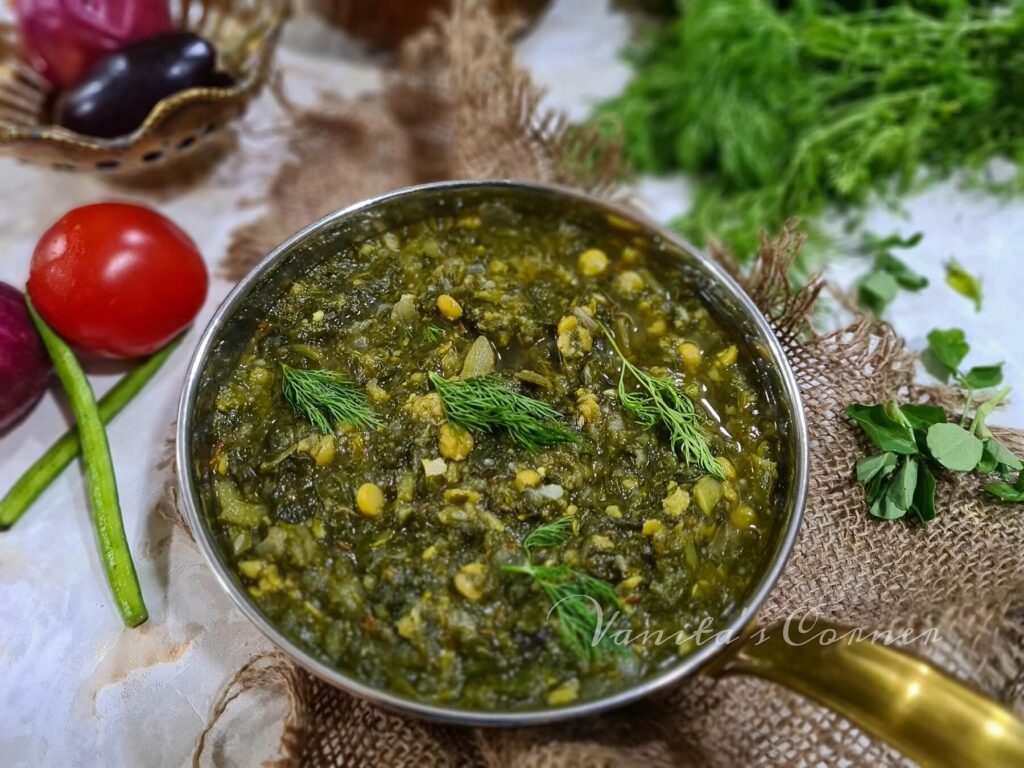
The Sindhi community, which hails from present-day Pakistan’s Sindh region, brought its unique flavors to India after partition in 1947. Saag (leafy greens) and Sai Bhaji (spinach and chana dal curry) are pillars of Sindhi cuisine. Sai Bhaji, a comforting blend of greens, lentils, and spices, is cooked with vegetables like brinjal, potatoes, and carrots, creating a harmonious balance of flavors.
Forgotten Elements
Sindhi cuisine was marginalized post-partition as Sindhis adapted to new regions. Today, some traditional ingredients like Kokum (a souring agent) and lotus stems that were once staples in Sindhi households are difficult to find outside specific Sindhi markets.
Health Benefits
Sai Bhaji is incredibly nutrient-dense, providing ample iron, folate, and vitamins from the leafy greens and plant-based protein from lentils. The dish is typically enjoyed with bhuga chawal (caramelized onion rice), making it a balanced, satisfying meal.
4. Tamil Nadu’s Kongunadu Cuisine: An Ode to Ancient Techniques
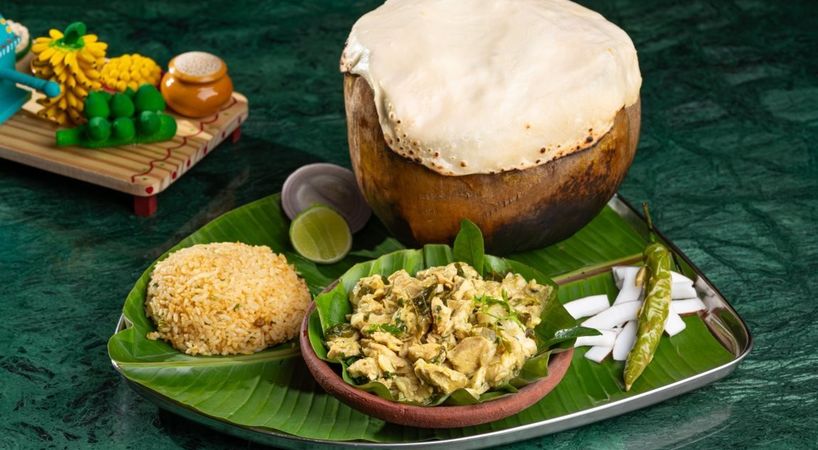
Kongunadu, a region in Tamil Nadu, offers a distinct cuisine that is rustic and largely vegetarian, celebrating the indigenous flavors of millets, pulses, and locally grown vegetables. Kambu koozh (millet porridge) and Kezhvaragu puttu (steamed ragi flour) are classic dishes often overlooked in favour of more mainstream Tamil dishes like idli and dosa.
Forgotten Elements
Kongunadu cuisine uses naatu kozhi (local chicken) and lesser-known vegetables like sirukeerai (a variety of spinach) and aama vidhai (tropical amaranth). Traditional Kongunadu dishes are prepared using minimal spices, allowing the natural flavours to shine, contrasting with the spice-heavy nature of South Indian cuisine.
Health Benefits
Millets like ragi and kambu are high in fibre, rich in minerals, and gluten-free, making them beneficial for digestion, blood sugar regulation, and overall metabolic health. Kongunadu’s diet is predominantly plant-based and nutrient-rich, rooted in the principles of sustainability and simplicity.
5. Garhwali Cuisine: A Bond with the Mountains
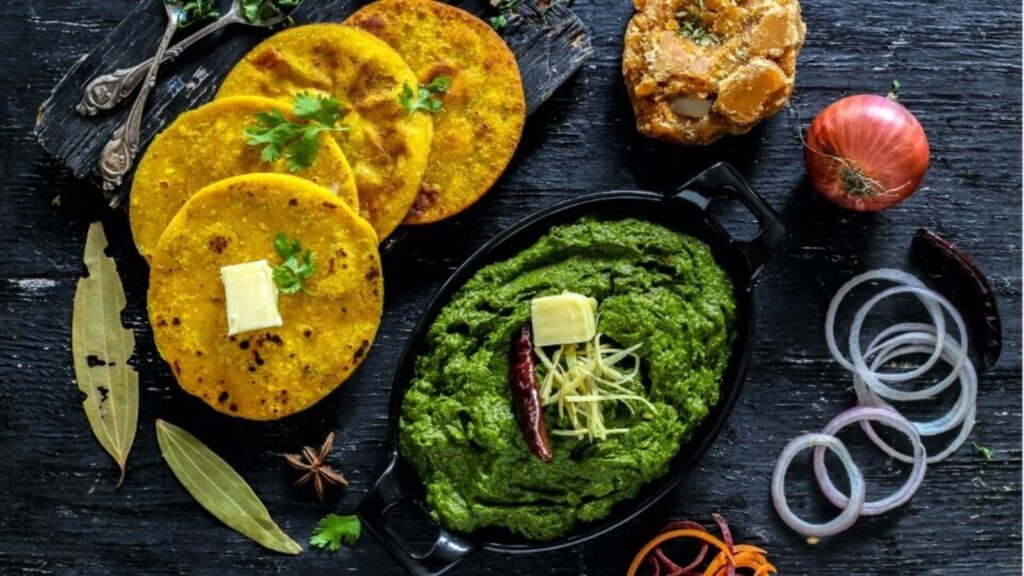
Garhwali cuisine hails from Uttarakhand’s Garhwal region and is steeped in Himalayan traditions. Known for dishes like Phanu and Jhangore ki Kheer, Garhwali cuisine relies heavily on grains like millet, barley, and locally sourced lentils. Phanu is a thick dal prepared from split lentils, traditionally slow-cooked to perfection.
Forgotten Elements
Many of these dishes were designed to keep people full and energized in the high-altitude, often harsh Himalayan climate. Local ingredients such as jhangora (barnyard millet) and bhatt (black soybeans) are used, but they’re slowly disappearing due to the shift to convenience foods.
Health Benefits
Barnyard millet and soybeans are excellent sources of plant-based protein and fiber, which aid in weight management and lower cholesterol levels. Additionally, these ingredients are part of a gluten-free diet, making them suitable for those with gluten intolerance
6. Odisha’s Pakhala Bhata: Fermented Comfort Food
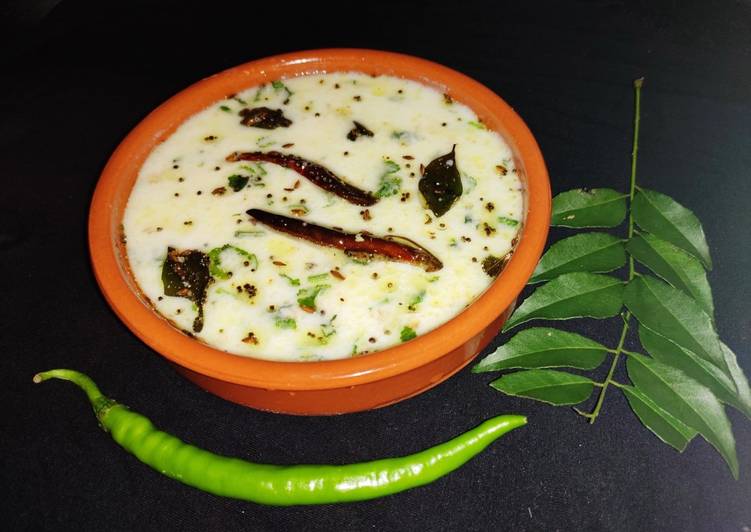
In the eastern state of Odisha, Pakhala Bhata is a humble yet deeply revered dish. This dish is made from fermented rice soaked in water, and it’s often enjoyed with sides like fried fish, potatoes, and badi chura (crushed dried lentil dumplings). A staple during the scorching summer months, Pakhala Bhata is celebrated on Pakhala Dibasa, a day dedicated to enjoying this traditional meal.
Forgotten Elements
Fermentation, which imparts a tangy flavour to Pakhala, is a disappearing tradition as people shift towards instant-cooking methods. The art of slow fermentation, with its cooling and probiotic properties, is something Odisha’s cuisine has long celebrated.
Health Benefits
Pakhala Bhata is packed with probiotics that support gut health, improve digestion, and help with hydration. Fermented foods like Pakhala also play a vital role in boosting immunity and improving skin health.
7. Maharashtra’s Pathare Prabhu Cuisine: An Intriguing Fusion
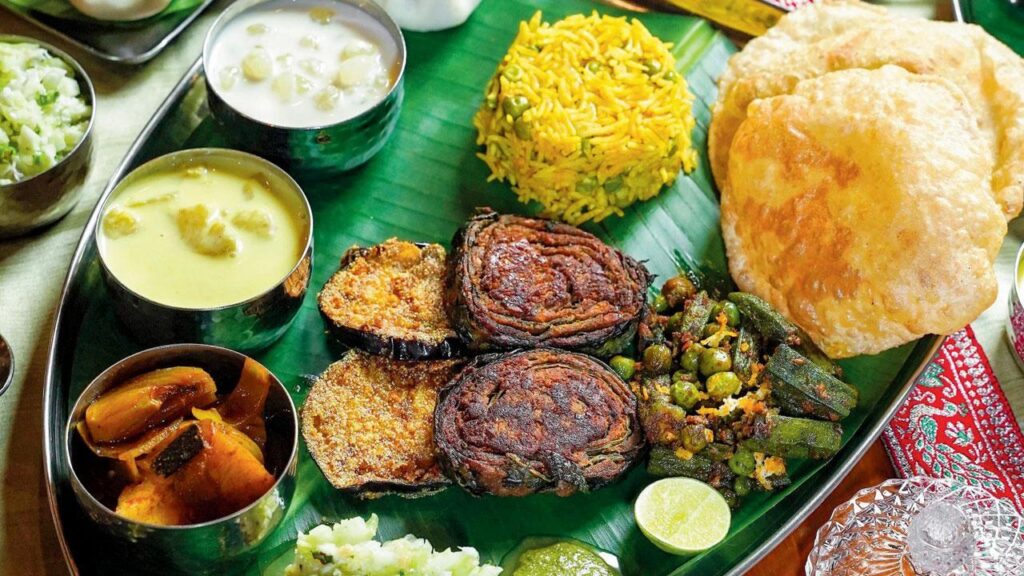
The Pathare Prabhus, one of Mumbai’s oldest communities, has a unique cuisine fusion of Maharashtrian and Portuguese flavours. Bombil Fry (fried Bombay duck) and Paplet Saar (pomfret curry) are popular dishes that reflect this intriguing culinary heritage.
Forgotten Elements
Many traditional Pathare Prabhu recipes are on the brink of extinction as community members move away from ancestral practices. Ingredients like Kokum and specific spice blends, once commonplace in Pathare Prabhu households, are now hard to find as families adopt quicker, more modern recipes.
Health Benefits
The seafood in Pathare Prabhu cuisine is rich in omega-3 fatty acids, which are essential for heart and brain health. Additionally, Kokum is known for its cooling properties and digestive benefits, and it provides a natural tartness to dishes without the acidity of vinegar or lime.
8. Bihari Cuisine: The Power of Litti and Chokha
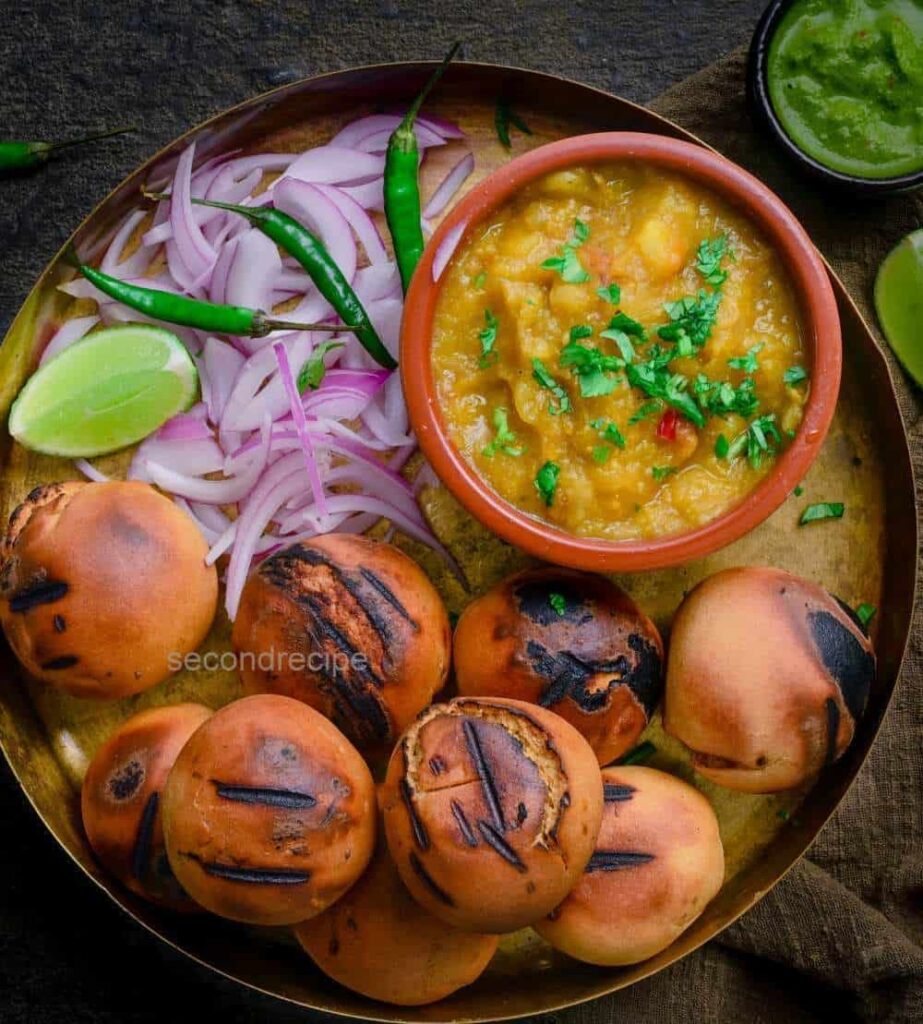
Bihar, a land of rich history, is home to Litti-Chokha, a rustic meal that once fueled labourers and farmers. Litti is a wheat ball stuffed with sattu (roasted gram flour) and spices, baked and paired with chokha (mashed brinjal or potatoes with mustard oil and spices). This simple yet hearty meal represents Bihar’s resourcefulness in using locally available ingredients to create satisfying dishes.
Forgotten Elements
Litti-Chokha was traditionally baked over a cow-dung fire, a practice rarely seen today. The original cooking method imparted a unique smoky flavor that is difficult to replicate in modern kitchens.
Health Benefits
Sattu, a key ingredient in Litti, is high in protein and fibre, promoting muscle health and aiding digestion. The mustard oil used in chokha is rich in omega-3 fatty acids. It has anti-inflammatory properties, making Litti-Chokha a nutrient-dense meal.
9. The Tribal Cuisine of Jharkhand: Rugda and Bamboo Shoots
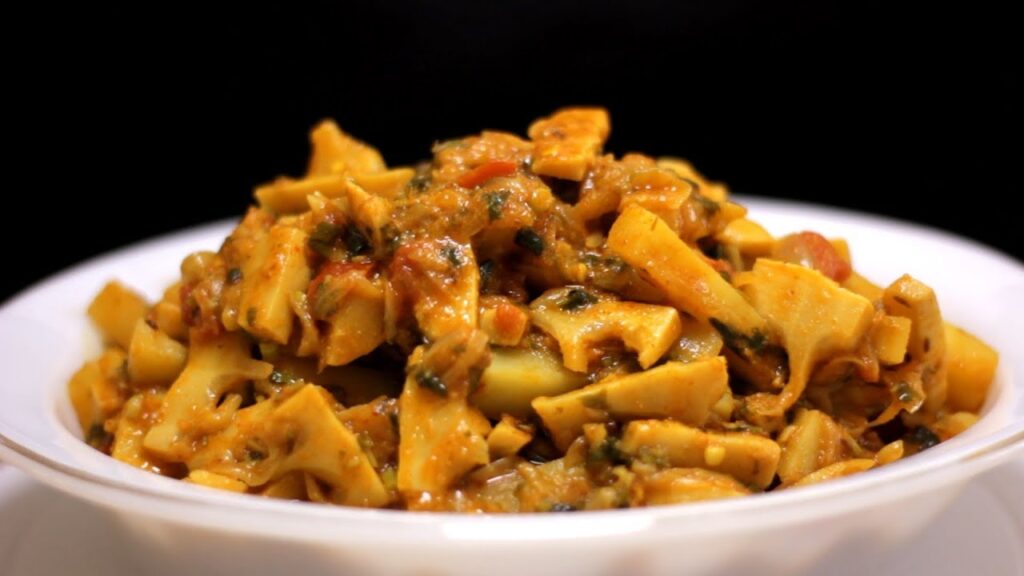
Jharkhand’s indigenous communities have a deeply rooted connection to the forest, reflected in their cuisine, which includes ingredients like rugda (wild mushrooms) and bamboo shoots. Tribal dishes like Dhusuwa (a savory mushroom curry) and Charpa (fermented bamboo shoots) are lesser-known. Still, these dishes offer a unique taste of Jharkhand’s rich biodiversity.
Forgotten Elements
Due to deforestation and urbanisation, forest ingredients like rugda and bamboo shoots are becoming harder to source. These ingredients are central to Jharkhand’s tribal cuisine, which respects nature and promotes sustainable food practices.
Health Benefits
Rugda mushrooms are high in protein and fibre, with antioxidants that boost immunity. Bamboo shoots are low in calories and packed with vitamins, making them an ideal addition to a balanced diet.
Rediscovering Regional Roots
The forgotten regional cuisines of India embody more than flavours; they carry forward legacies, time-honoured traditions, and sustainable practices that deserve renewed appreciation. In a time when globalization has homogenized taste, celebrating and preserving these cuisines offers a way to reconnect with the land, honour cultural diversity, and enjoy the remarkable variety of India’s food heritage. From the fragrant greens of Assam to the earthy lentils of Garhwal and the vibrant seafood of Pathare Prabhus, these dishes remind us that food is not just about sustenance; it’s about memory, identity, and history on a plate.


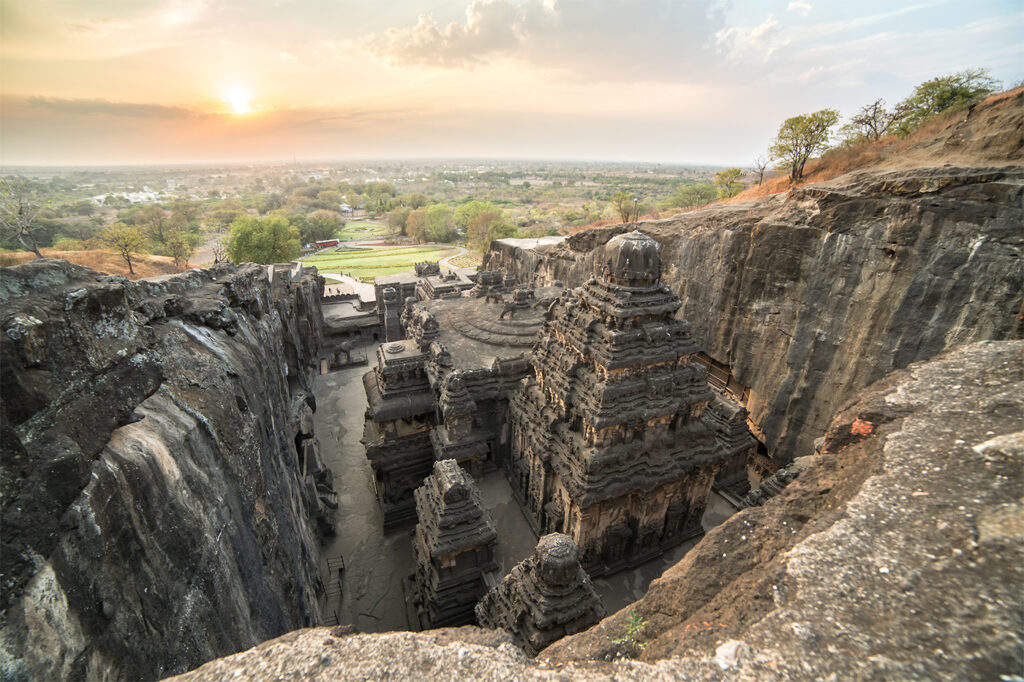


Responses